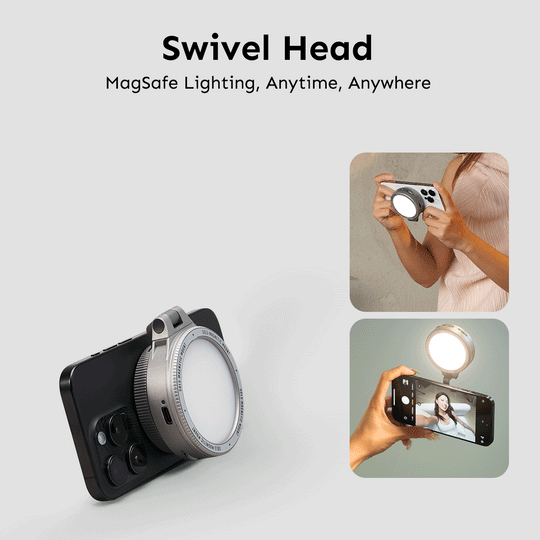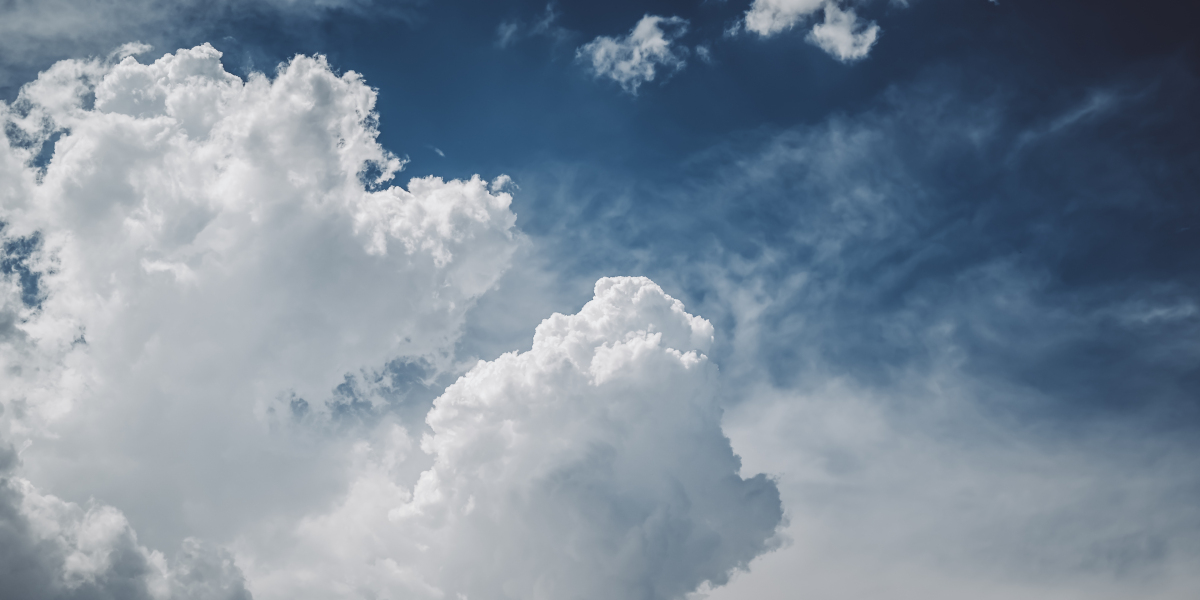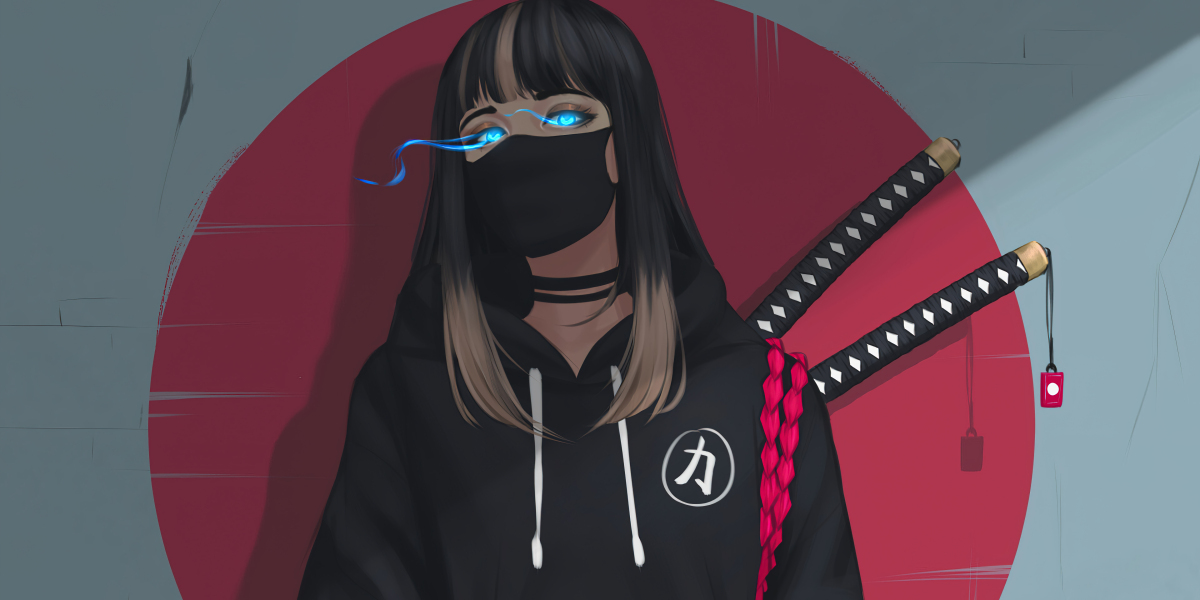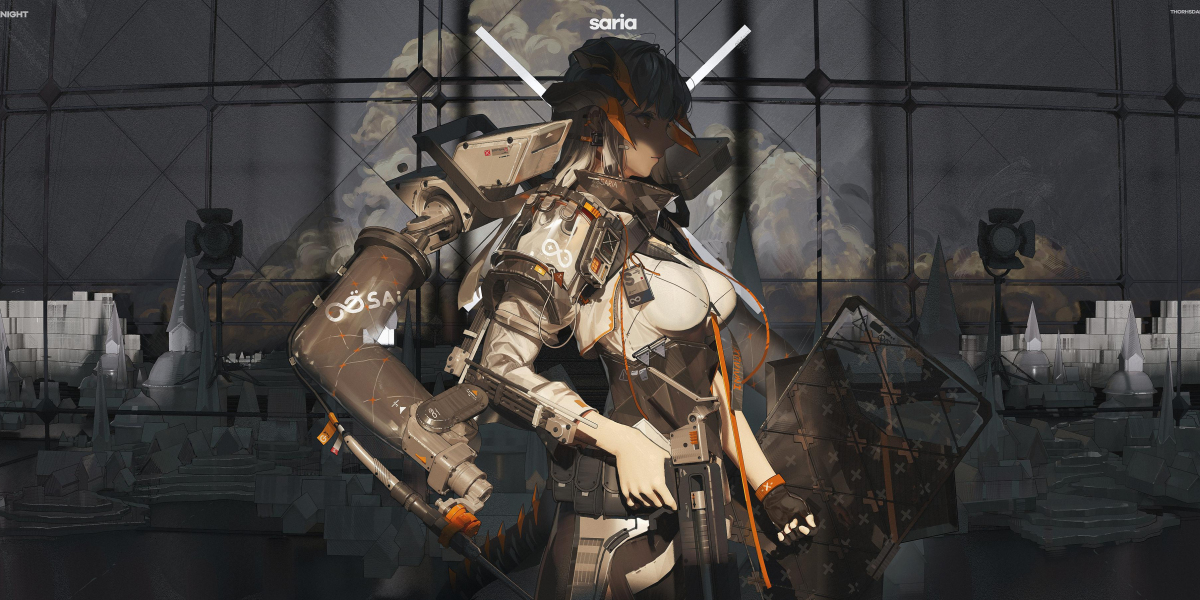Illuminate Your Creativity: Discover the Perfect Lighting Gear for Every Shot!
Lighting is often regarded as the backbone of photography and creative work, playing a crucial role in transforming ordinary scenes into extraordinary visuals. Whether you are a seasoned photographer or a budding creator, understanding the nuances of lighting can unlock new dimensions of creativity and enhance the overall quality of your images. Proper lighting not only illuminates your subject but also sets the mood and tone, adding depth to your work. With a myriad of lighting equipment available, from softboxes to LED lights, there's something for everyone. In this article, we'll explore various types of lighting gear suitable for creators and photographers, helping you find the perfect match for your artistic vision.

Understanding the Basics of Lighting
To harness the power of lighting, it's essential to grasp the fundamental principles that govern it. At its core, lighting can be categorized into two main types: natural and artificial light. Natural light, sourced from the sun, varies throughout the day, casting different hues and intensities that can create stunning effects. On the other hand, artificial light, which includes various forms of man-made illumination, allows for greater control and consistency in your shots. Understanding color temperature is equally important; it refers to the warmth or coolness of light, which can dramatically affect the mood of an image. For instance, cooler light can evoke a sense of calmness, while warmer tones may convey comfort and intimacy. Exposure, another critical factor, determines how much light is captured by your camera, significantly influencing the final outcome. Experimenting with different lighting conditions can lead to exciting discoveries in your photography journey.
Types of Lighting Equipment
When it comes to lighting gear, a variety of options are available to cater to the diverse needs of creators. Each type of lighting equipment comes with its unique advantages and ideal use cases. One popular choice is the softbox, which diffuses light to create a soft, even illumination that flatters subjects and reduces harsh shadows. These are particularly effective for portrait photography, where skin tones and textures are important. Another versatile option is LED lights, known for their energy efficiency and adaptability. They can be adjusted for color temperature and brightness, making them suitable for various environments, from studio settings to outdoor shoots. For those focusing on beauty and portrait photography, ring lights are a game-changer. Their circular design provides uniform lighting around the subject, eliminating shadows and highlighting features perfectly. Finally, flash units are indispensable for freezing motion and improving exposure in low-light conditions, adding that extra punch to your shots. Each of these tools has its place in a creator's toolkit, and knowing when and how to use them can elevate your work significantly.
Softboxes
Softboxes are a favorite among photographers for their ability to create soft, diffused light that enhances the quality of images. These devices typically consist of a light source enclosed in a fabric box with a reflective interior. The fabric diffuses the light, reducing harsh shadows and creating a more flattering illumination for subjects. Softboxes are particularly useful when photographing people, as they help in achieving a natural look while softening skin textures. Whether you're shooting portraits or product photography, incorporating a softbox into your setup can make a noticeable difference in the final image.
LED Lights
LED lights have revolutionized the lighting landscape in photography due to their versatility and energy efficiency. Unlike traditional lighting setups, LEDs can produce a broad spectrum of colors and intensities, allowing creators to customize their lighting according to their specific needs. They are lightweight and portable, making them perfect for both studio and on-location shoots. Additionally, many LED lights come with adjustable color temperatures, enabling you to mimic natural daylight or create unique lighting effects. Their low heat output also means you can shoot for extended periods without worrying about overheating, thus enhancing the creative process.
Ring Lights
For those who specialize in portrait and beauty photography, ring lights are often considered essential. Their distinctive circular shape surrounds the camera lens, producing a unique catchlight in the subject's eyes and minimizing shadows. This type of lighting is especially popular among makeup artists and influencers, as it highlights features and creates an even skin tone. Many ring lights also offer adjustable brightness and color temperature, giving creators the flexibility to experiment with different looks. Having a ring light in your arsenal can take your portrait work to the next level, making it a worthwhile investment for any serious photographer.
Flash Units
Flash units are another critical component of a photographer's toolkit, especially for those working in challenging lighting situations. These devices are designed to emit a quick burst of light, effectively freezing motion and enhancing exposure during low-light conditions. Flash units can be used on or off-camera, providing flexibility for different shooting scenarios. They are particularly beneficial for action shots, where capturing a moment in time is crucial. Additionally, many flash units offer various settings, allowing for adjustments in brightness and duration. Understanding how to effectively use flash can significantly improve your photography, especially in dynamic environments.
Choosing the Right Lighting for Your Needs
Selecting the appropriate lighting equipment requires careful consideration of your creative goals, the environment in which you'll be shooting, and your budget. It's essential to assess the type of photography you plan to pursue; for instance, portrait photographers may benefit more from softboxes and ring lights, while product photographers might find LED lights more advantageous. Additionally, experimenting with different setups can lead to unexpected results and help you discover what works best for your unique style. Don't hesitate to play around with various lighting configurations to see how they impact your images. Remember, the perfect lighting setup can transform the ordinary into the extraordinary.
Maximizing Your Photography with Optimal Lighting
In conclusion, lighting is a vital aspect of photography that can dramatically influence the quality of your creative work. By understanding the different types of lighting equipment available, such as softboxes, LED lights, ring lights, and flash units, you can make informed decisions that align with your artistic vision. The right lighting gear not only enhances your images but also allows you to express your creativity fully. As you explore various lighting options, remember to experiment and find what resonates best with your unique style and projects. Embrace the power of light and watch your photography soar to new heights!








